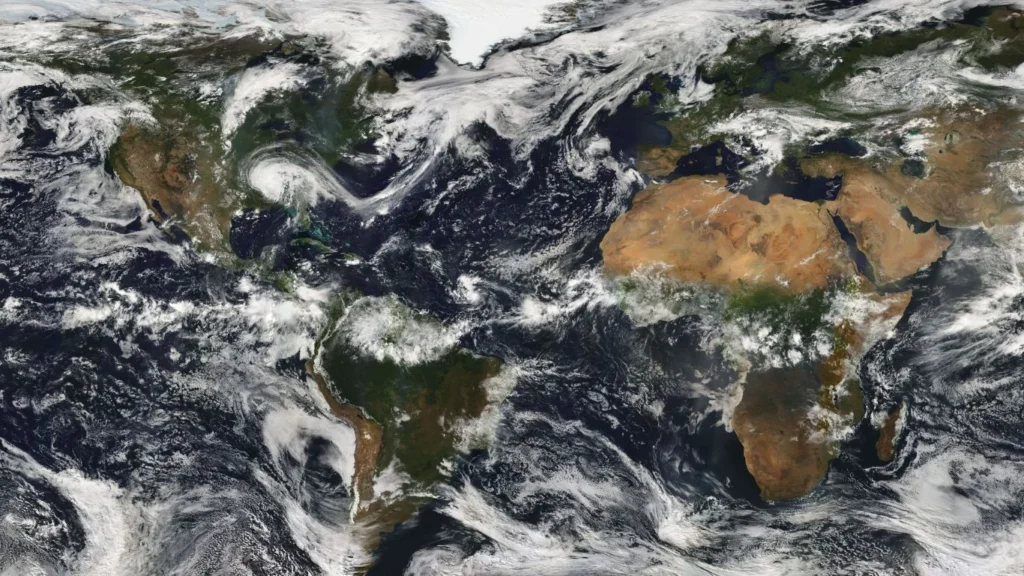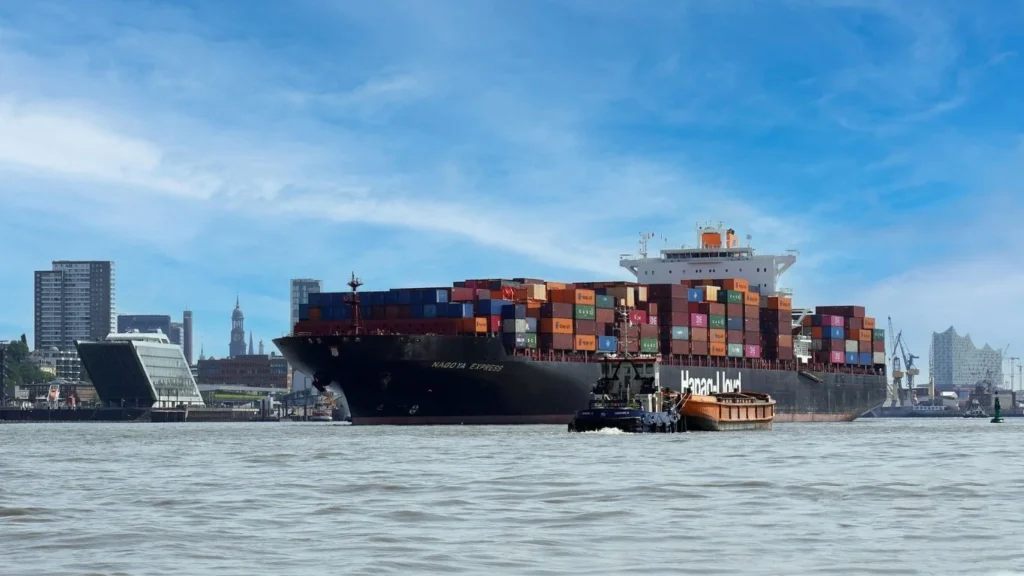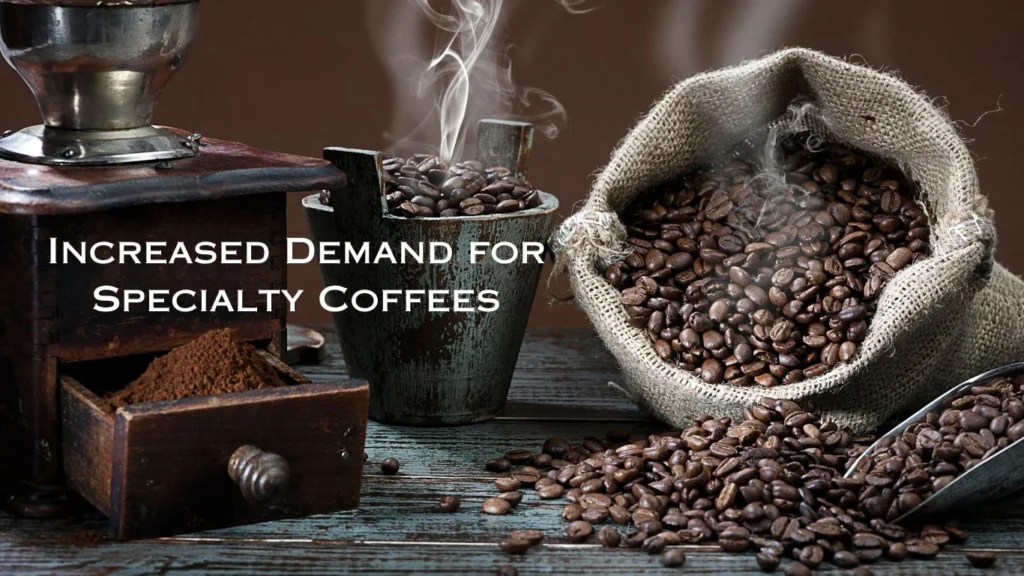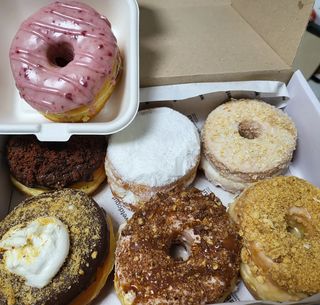Coffee lovers everywhere are noticing it – the price of their daily cup of coffee seems to be creeping higher. Whether you’re grabbing a quick espresso or enjoying a specialty brew, the rising cost of coffee is becoming more apparent. But why is this happening? Is it just inflation, or are there deeper factors at play?
In this article, we’ll dive into the factors driving the rising cost of coffee and explore how it affects coffee shops and consumers alike.
Climate Change and Weather Disruptions
One of the most significant contributors to the rising cost of coffee is climate change. Coffee plants are particularly sensitive to weather conditions, and recent disruptions—such as droughts, frosts, and heavy rainfall—have devastated coffee-growing regions around the world.

Brazil, Colombia, and Vietnam produce most of the world’s coffee, and unpredictable weather patterns heavily impact their harvests. As crops fail or decrease in quality, the overall supply of coffee beans drops, pushing prices up.
Read More About: Types and Variety of Coffee
Supply Chain Issues
The coffee industry is global, and coffee beans travel long distances to reach the cups of consumers. However, the global supply chain has faced significant challenges, particularly since the COVID-19 pandemic.

- Shipping delays and container shortages have made it more difficult to transport coffee beans from farms to roasters and ultimately to cafes.
- The cost of fuel and shipping has soared, contributing to the higher cost of getting beans to coffee shops around the world.
These issues not only increase transportation costs but also decrease the availability of coffee beans, driving prices upward.
Increased Demand for Specialty Coffees
In recent years, there’s been a surge in demand for specialty coffee, such as single-origin brews, organic or fair trade coffees, and unique blends. These premium coffees often require more care in their cultivation, harvesting, and roasting, and they can come at a higher cost.

As consumers seek out higher-quality coffees, roasters and cafes are investing more in these premium beans. This means that coffee shops are paying more for these beans, which ultimately gets passed on to customers.
Inflation and Rising Costs of Operation
Like many industries, the coffee industry has also been affected by general inflation. The cost of goods and services continues to rise, including:
- Labor: Coffee shops are paying more to attract and retain staff due to the tight labor market.
- Energy costs: Roasting coffee requires a significant amount of energy, and as electricity prices increase, so does the cost of roasting coffee beans.
- Packaging: Coffee beans are often sold in specialty packaging to ensure freshness, and packaging costs have risen as well.
All of these factors contribute to higher operational costs, which coffee shops then pass on to their customers.
Currency Fluctuations
Coffee is traded globally, and the price is often influenced by currency fluctuations. As coffee is primarily grown in countries with currencies weaker than the U.S. dollar, when the value of the dollar increases, it can make coffee more expensive for buyers in the U.S. and other countries.
The Impact on Coffee Shops and Consumers
For coffee shops, the rising cost of coffee means that they must decide whether to absorb the price increases or pass them on to their customers. Many cafes have opted to raise their prices, and consumers are noticing higher prices for both coffee beans and finished drinks.
For consumers, this means that enjoying a cup of coffee may cost a little more each time, whether it’s a $5 cappuccino or a bag of premium coffee beans.
Also Know About: Top 5 Coffee Shops in Rhyl
Conclusion
While the rising cost of coffee is driven by several complex factors, there are ways for coffee shops and consumers to manage it:
- Buy in bulk: For coffee drinkers, buying coffee beans in bulk can help save money over time.
- Support sustainable practices: Opt for fair trade or direct trade coffee, which ensures that farmers are paid a fair wage and can maintain their operations despite price fluctuations.
- Embrace alternatives: Exploring alternatives like locally sourced coffee or smaller roasters might offer more affordable options without sacrificing quality.
The rise in coffee prices is an ongoing trend, but by understanding the factors behind it, we can make more informed choices as both consumers and coffee shop owners. Whether you’re just looking to enjoy a great cup of coffee or manage a growing café business, the impact of these rising costs is something everyone in the coffee community must navigate.
Frequently Asked Questions (FAQs)
The rising cost of coffee is influenced by several factors, including:
– Climate change affecting coffee production.
– Supply chain disruptions, especially in shipping and transportation.
– Increased demand for specialty coffees.
– General inflation leading to higher operating costs for coffee producers and retailers.
– Currency fluctuations impacting the global coffee trade.
Climate change leads to unpredictable weather patterns, such as droughts, frosts, and heavy rainfall, which can devastate coffee crops. As weather conditions become less predictable, the supply of coffee beans decreases, driving up the price.
Supply chain disruptions, such as shipping delays, container shortages, and rising fuel costs, have made it more difficult to transport coffee beans from farms to roasters. These issues increase transportation costs and reduce the availability of beans, contributing to higher coffee prices.
In recent years, consumers have shown a growing interest in specialty coffee, such as single-origin brews, organic, and fair-trade coffees. These premium coffee options often require more care in cultivation, harvesting, and roasting, leading to higher prices for both the beans and the final product.
Inflation affects the entire coffee production process, from the cost of raw materials (like packaging) to labor costs. As the general cost of goods and services increases, coffee shops face higher operational costs, which they often pass on to consumers in the form of higher prices.
Coffee is primarily traded in U.S. dollars, and when the value of the dollar increases, it can make coffee more expensive for buyers in other countries. Countries with weaker currencies are particularly affected, leading to higher coffee prices for consumers.
Coffee shops face higher costs for beans and operations, leading many to increase their prices. For consumers, this means paying more for both coffee drinks and coffee beans at home. Coffee lovers may find that their daily cup of coffee or premium coffee beans now costs more than before.
Yes, there are a few ways to manage the rising cost of coffee:
– Buy in bulk: Purchasing coffee beans in larger quantities can save money over time.
– Support fair trade: Choose fair trade or direct trade coffee to ensure ethical sourcing while maintaining quality.
– Look for local roasters: Smaller, local coffee roasters may offer affordable options without sacrificing quality.
– Explore alternatives: Try different brewing methods or lower-cost coffee options while still enjoying a great cup.
In addition to affecting the price, climate change also impacts the quality of coffee. Extreme weather conditions can result in lower yields, crop diseases, and poor harvests, leading to not only price increases but also potential changes in the flavor and consistency of coffee beans.
While coffee prices are expected to fluctuate, the ongoing challenges from climate change, supply chain disruptions, and increased demand suggest that coffee prices may continue to rise in the future. Staying informed and exploring alternative coffee options can help consumers manage the impact of rising costs.
These FAQs provide insight into the key factors behind the rising cost of coffee and how they affect both coffee shops and consumers. Understanding these challenges can help you make informed choices as a coffee lover, whether you’re running a café or simply enjoying your morning brew.





